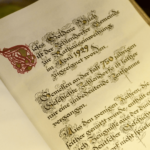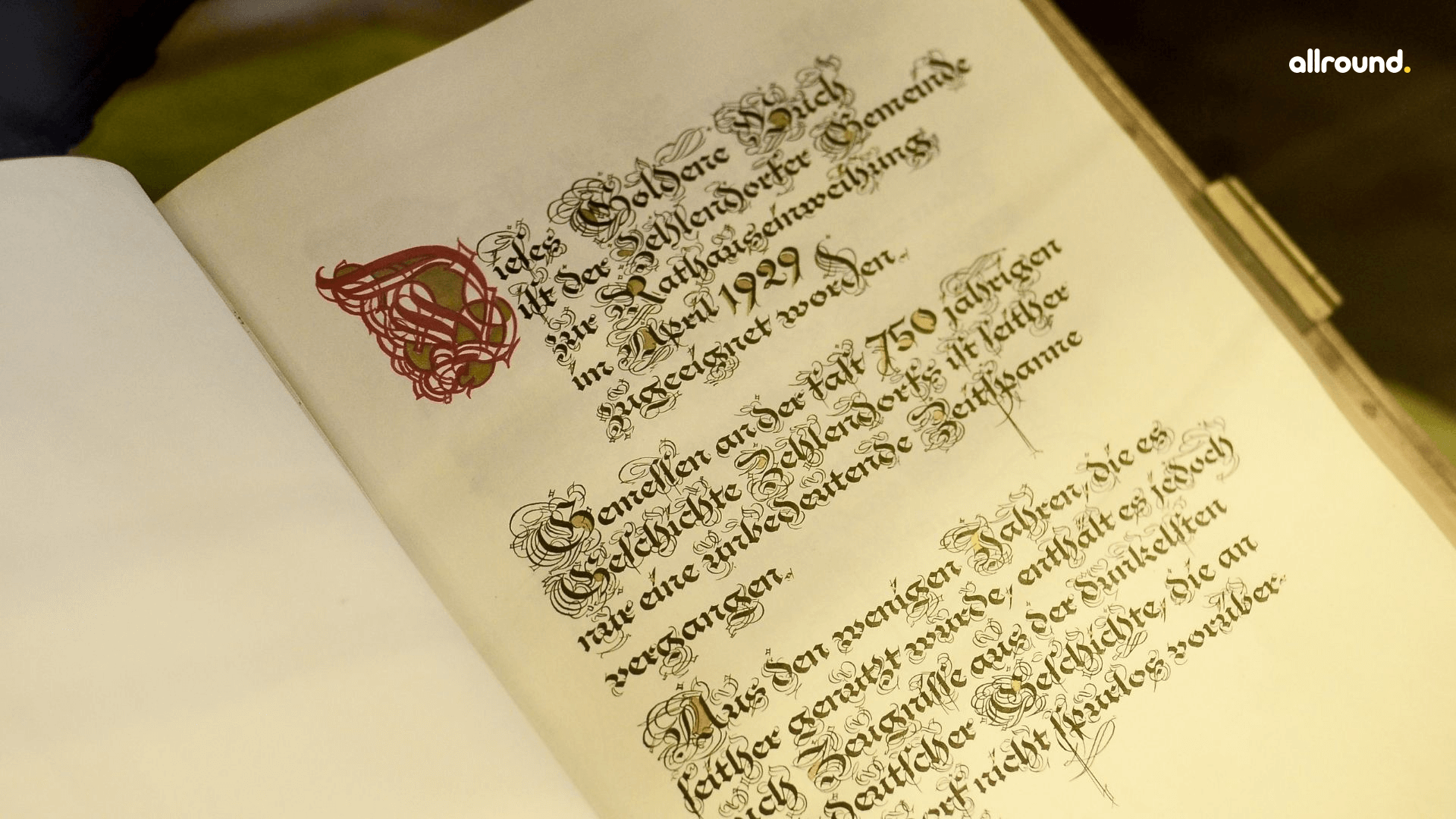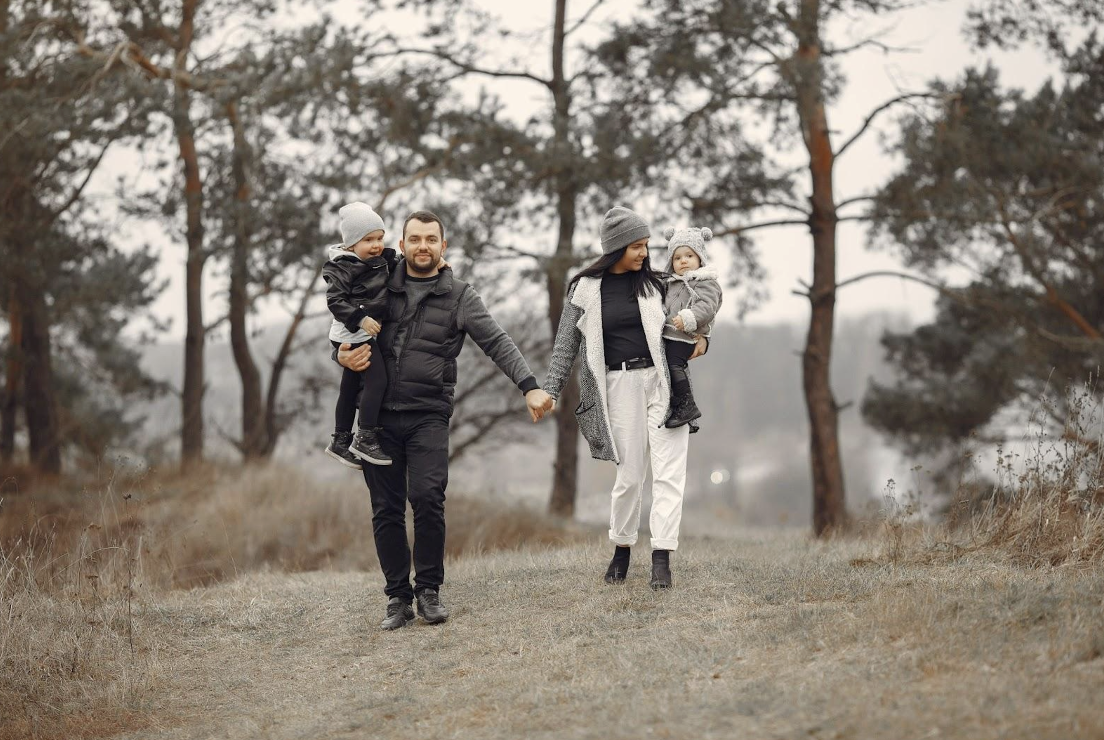How to Make History FUN!4 min read
Contents
Introduction
You may have heard a lot of people admitting they enjoy history, but not so much from children. Perhaps it has something to do with the way history is taught to children. It’s tedious to read names, dates, and dull statistics. History is a narrative — our narrative – and who doesn’t enjoy a good narrative? So, how do you make history interesting, enjoyable, and current? Let us give you some pointers!
Look no further if you’re looking for ways to make history interesting for your homeschoolers. In no time, your pupils will be yearning to learn about the past thanks to this tried-and-true strategy!
6 Steps to Making History Fun
Follow these six simple steps to raise a generation of history buffs and explorers in your family!
Step 1: Think like a reader.
Each history or social studies subject begins with us burying our heads in a few good novels. Depending on what you’re learning, you can read both fiction and nonfiction. Giving your students a taste of what you’ll be studying will help them get on board and enthused about learning more.
Step 2: Concentrate on broad concepts and topics rather than dates and periods of time.
If you want your children to like history, you should teach it to them in a way that engages both their minds and hearts. You can achieve this by making it about people, ideas, and concepts.
When teaching history to your children, all you have to do is concentrate on the big ideas and themes of the time period rather than the tiny details and minutia. Is it more necessary for your child to grasp the causes and consequences of WWII or to know every battle, general, and significant event?
If you’ve taught in this way, your students will be able to identify the primary themes for you by the time they reach middle and high school. Your students will benefit from this degree of critical analysis throughout their educational careers.
Step 3: Bring history back to life.
Our goal is to learn more about how we, as humans, acted during the time period we’re researching. Why? Who doesn’t aspire to be an explorer? History is also about people: our choices and sentiments, our food and clothing, our literature and pastimes.
When you’re completing a history unit, study all aspects of human studies, and your classes will be a lot of fun! To keep your kids occupied and involved, incorporate cooking, painting, poetry, dancing, biographical studies, maps, and other activities. Also, put what you’re learning into practice!
Try your hand at composing poetry in the style of the Greeks if you’re studying Greek poetry. Are you a Renaissance scholar? Make a point of visiting an art gallery and then creating paintings or sculptures based on the work of your favorite artists.
Prepare meals from each place and era you study. Put on plays based on the historical novels or biographies you’re reading. When you live history, it comes alive!
Step 4: Don’t try to cover everything; instead, add tremendous value to the teaching pattern.
According to studies, we only recall the portions of history that interest us. So, go ahead and focus on what you and your children enjoy!
When your children reach high school, you may decide to follow a curriculum, but resist the impulse to focus solely on dates and events in order to finish the book.
Allow your kid to read through each chapter and then choose a topic that intrigues them to investigate. They’ll grow to appreciate history since it’ll be about things that matter to them, and you’ll be grateful for your laid-back approach.
Step 5: Participate in a debate or a group discussion.
Encourage them to think by asking them thought-provoking questions. Allow them to argue or express their thoughts on a topic. You can ask them things like, “What would you do if you were in Ashoka’s shoes?” or “Why do you think Napoleon couldn’t defeat his foes?” As a result, history class can be enjoyable as well. All it takes is a little bit of willingness, creativity, and effort.
Step 6: Incorporate visual media into your lecture.
One positive aspect of history is that filmmakers are passionately enthusiastic about it. In the historical cinema genre, there are a plethora of options. You may show Schindler’s List, The Diary of Anne Frank, or even The Pianist to your kids if you want them to grasp how serious the Holocaust was. Following the viewing of the film or television show, you and your students could debate the historical accuracy of the film, as well as the portions they appreciated and the sections that resonated with them.





